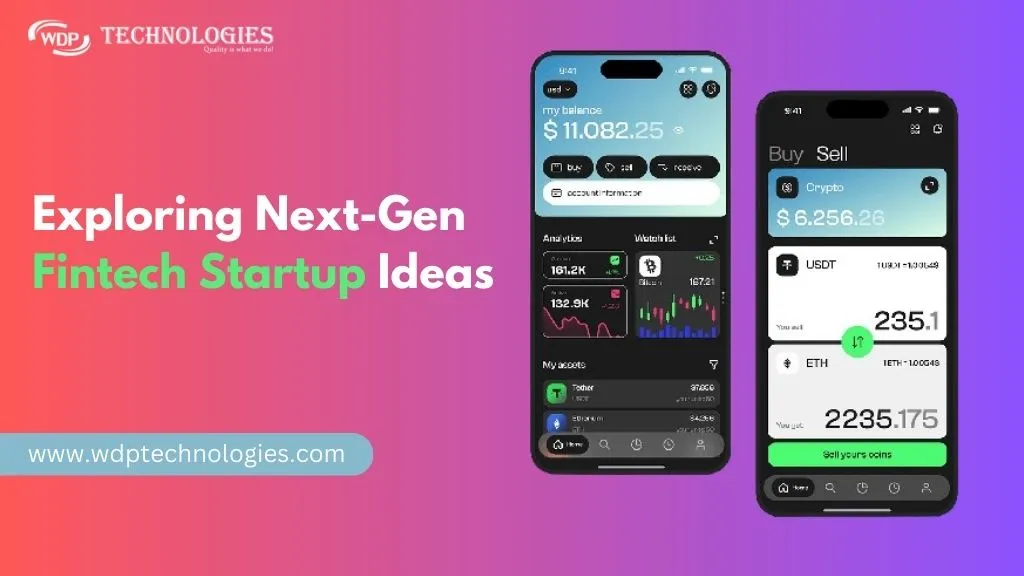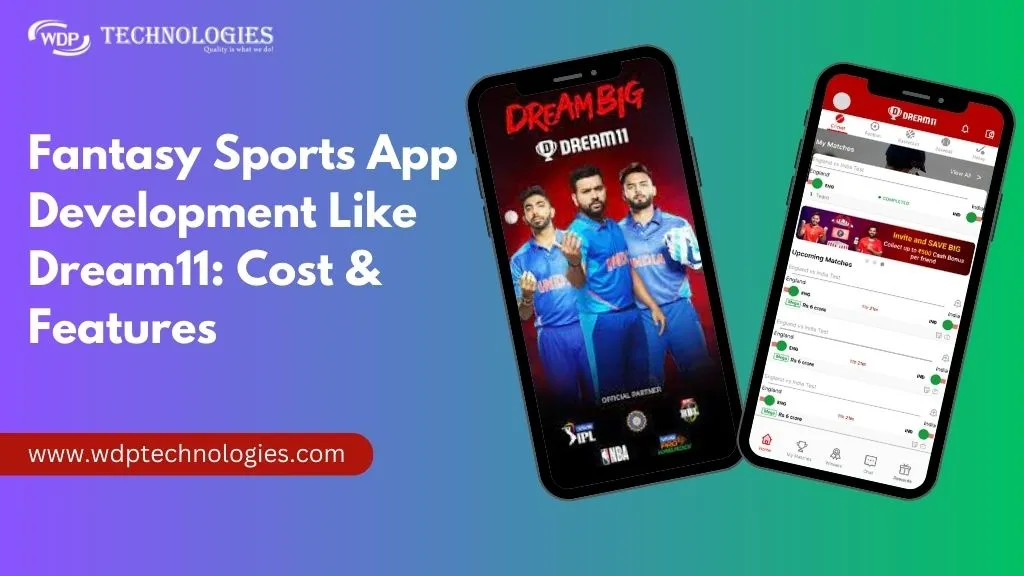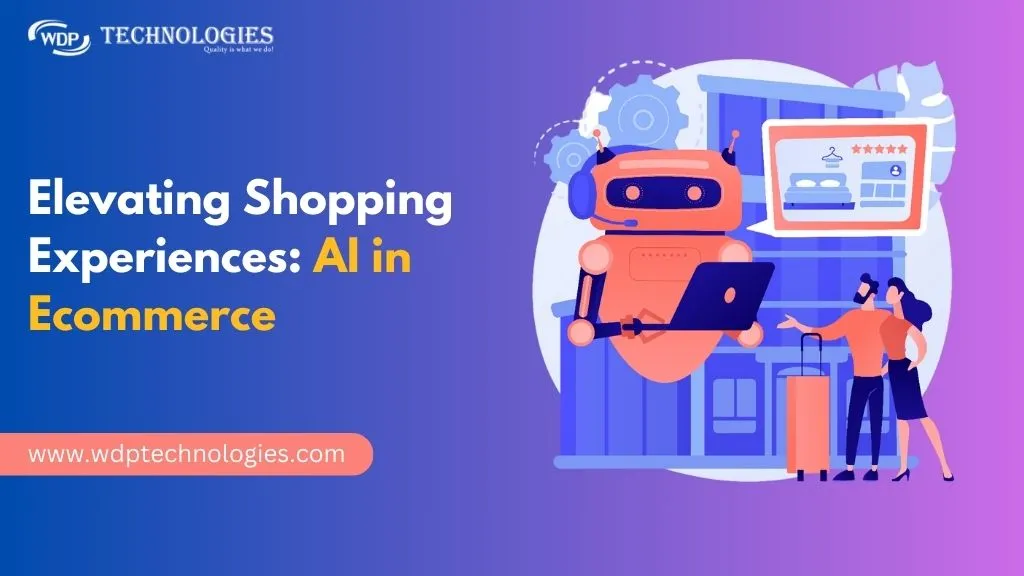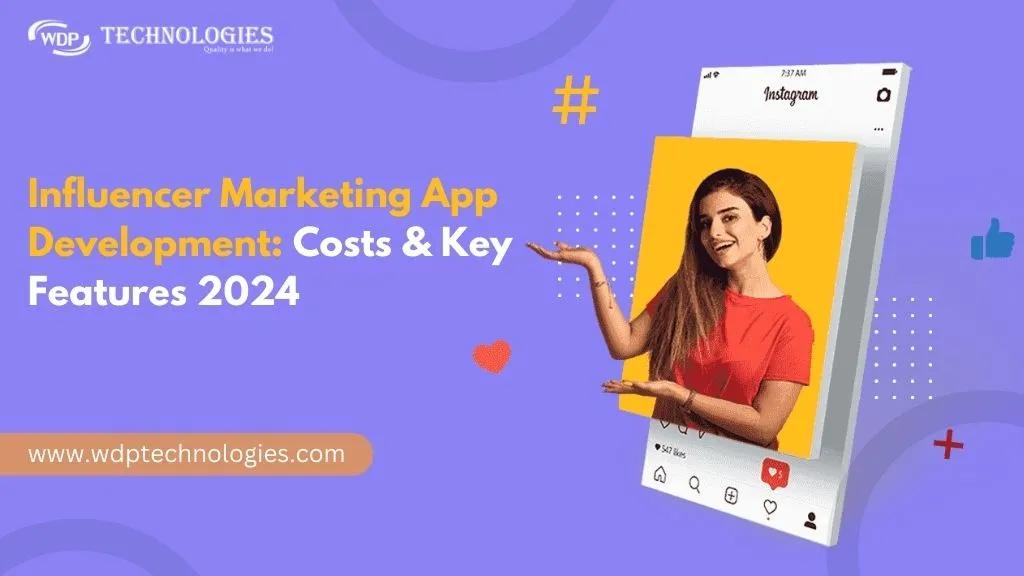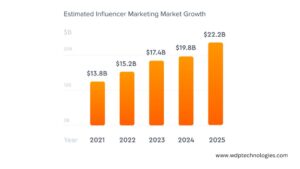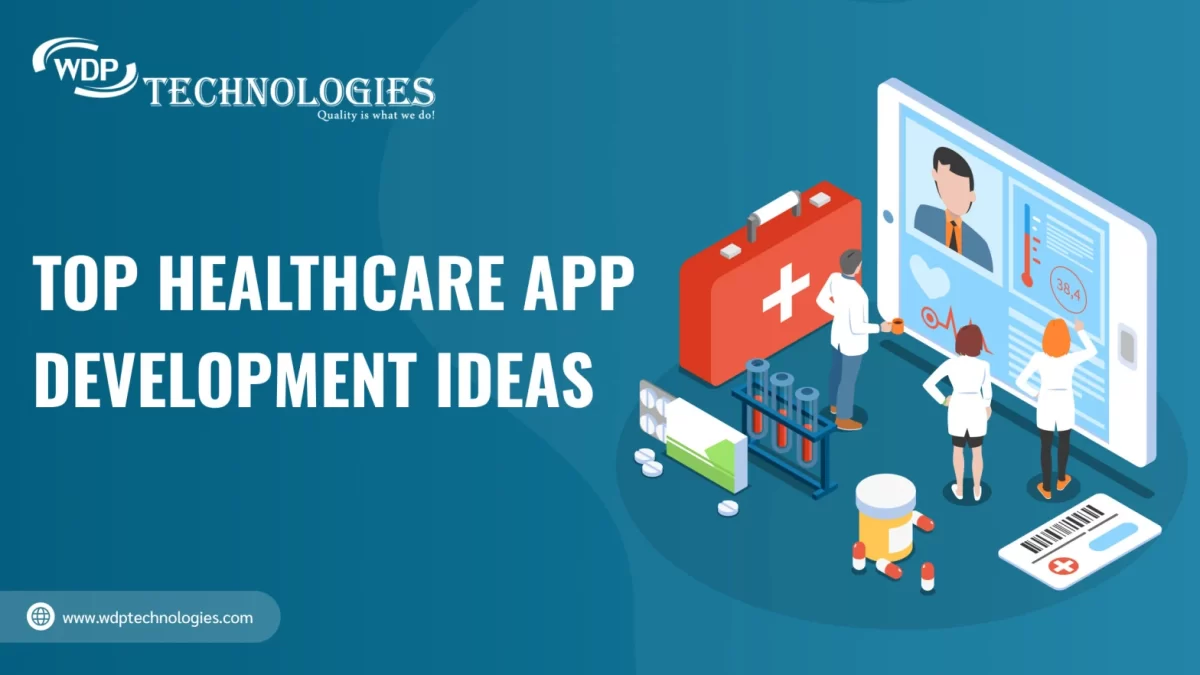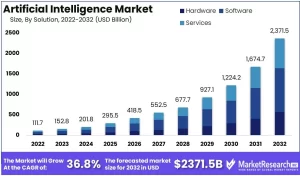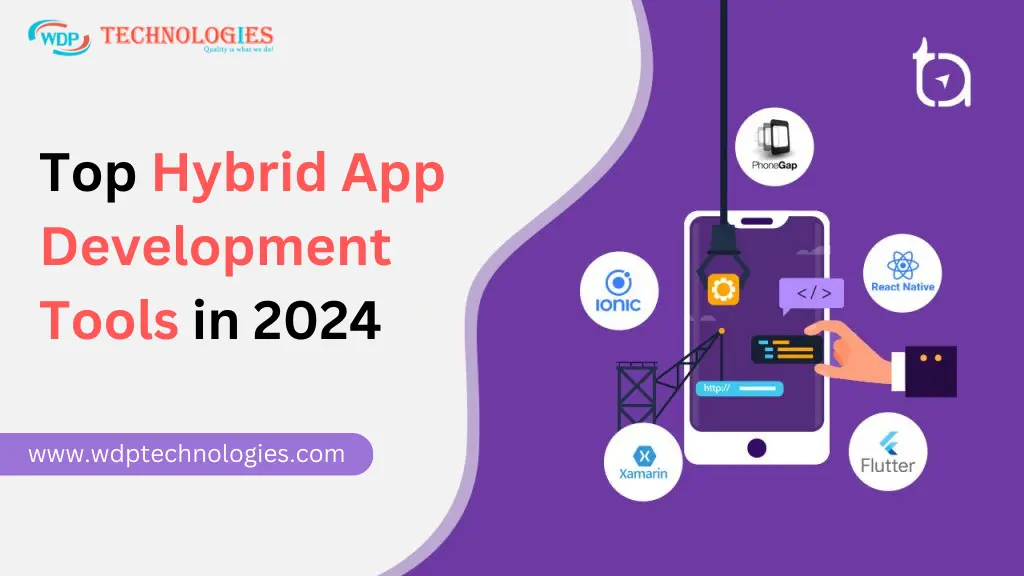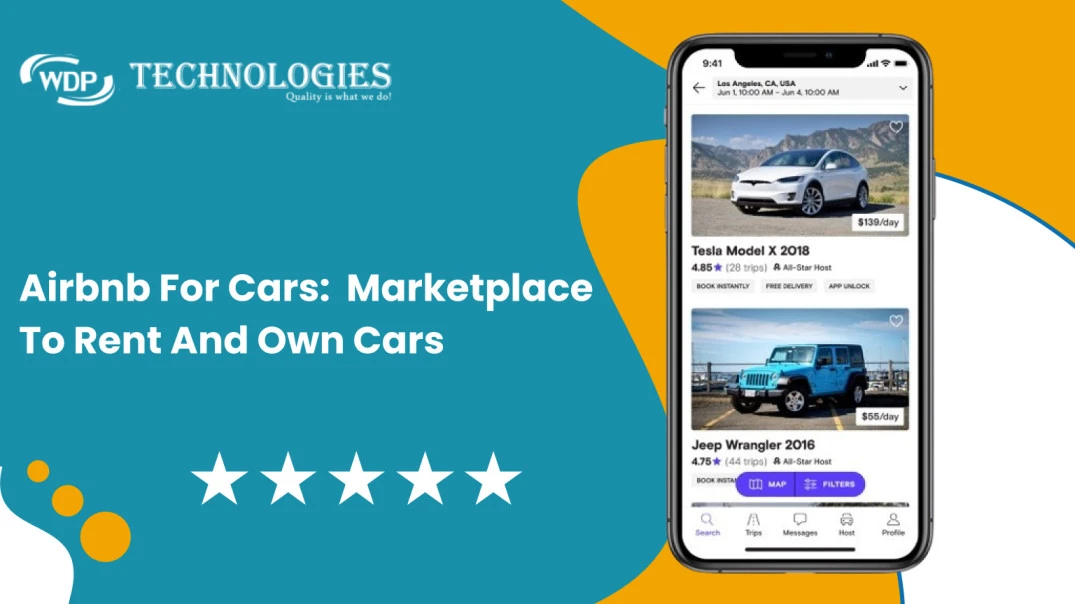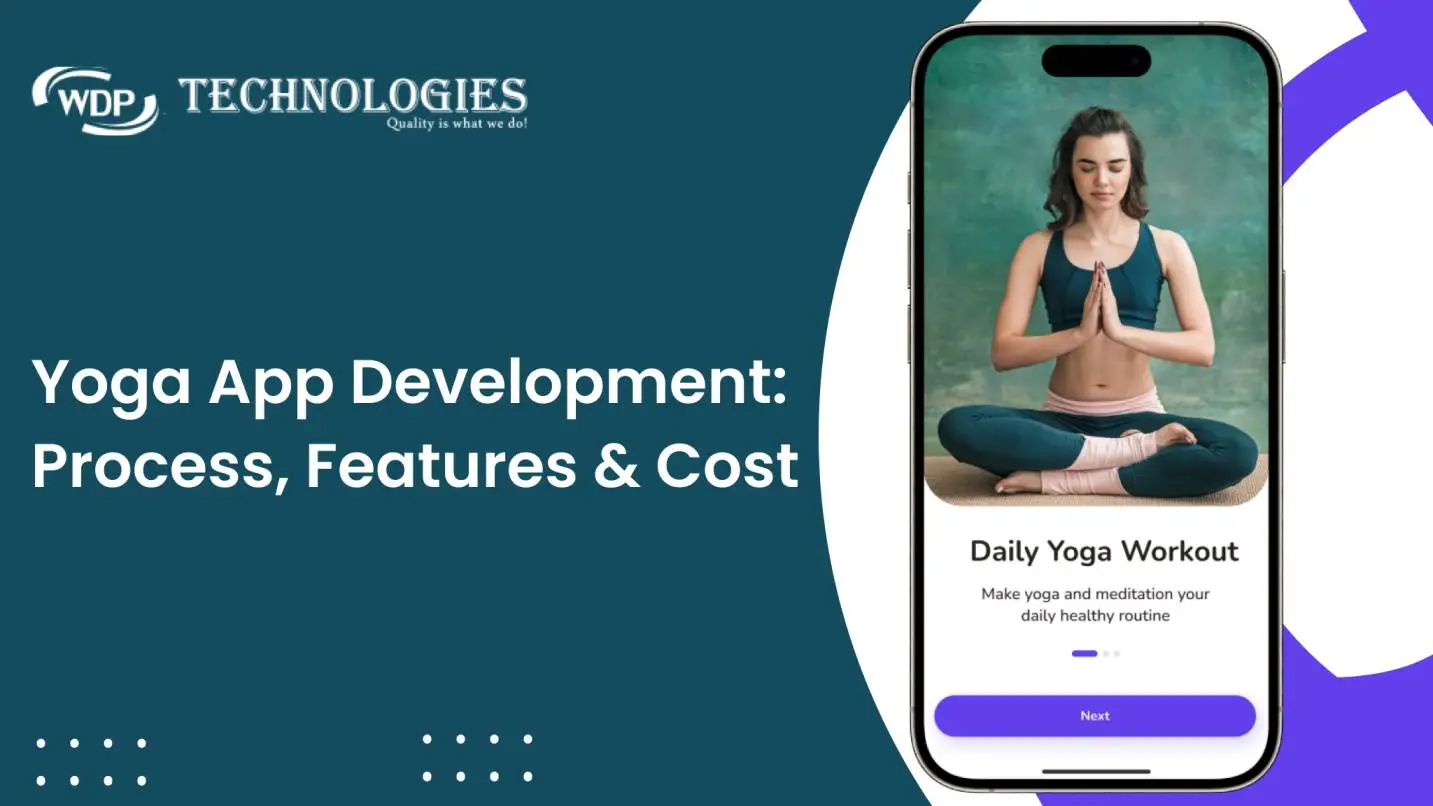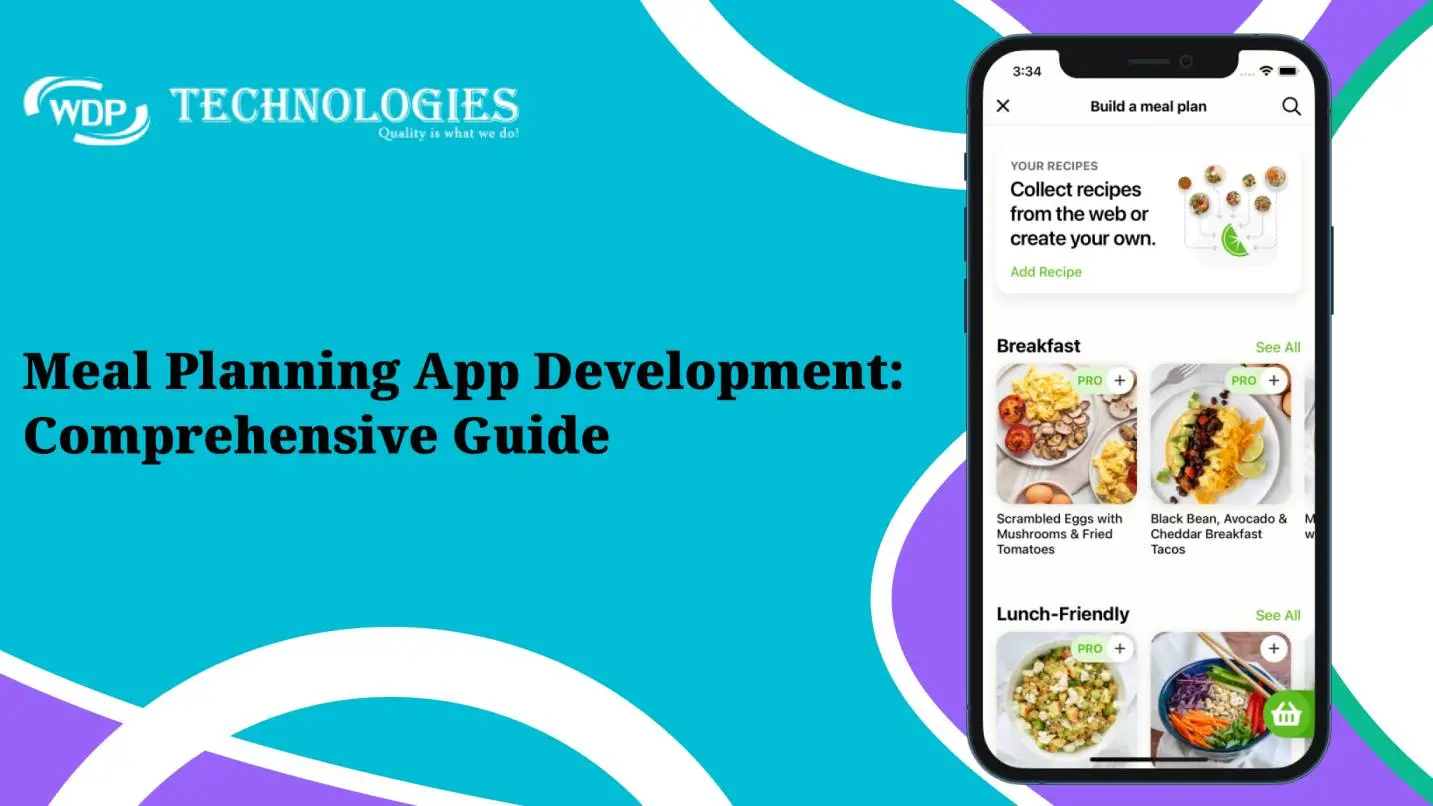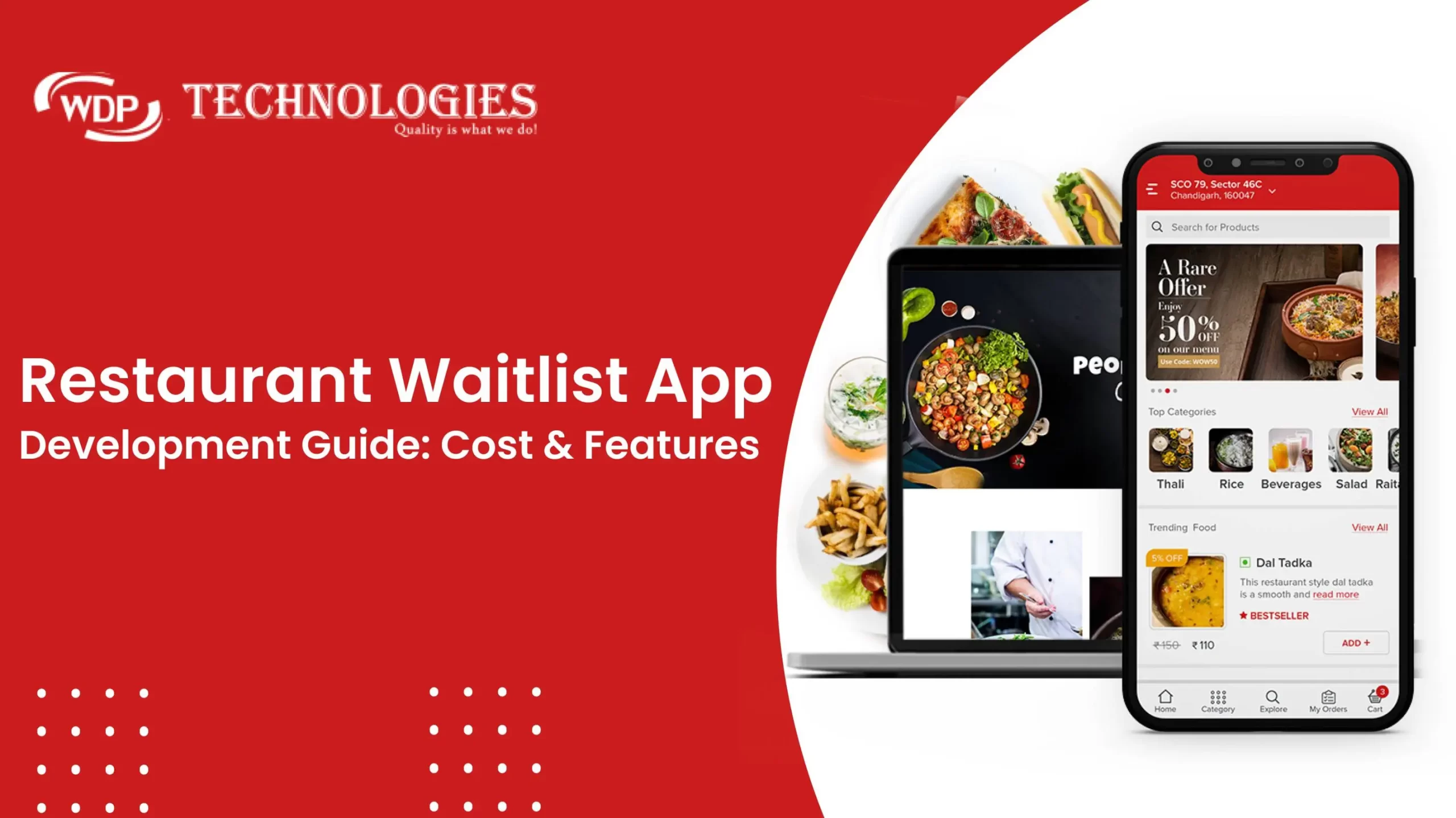The year 2024 promises to be another exciting chapter in the ever-evolving world of FinTech. As technology leaps forward, user expectations skyrocket, and the financial landscape continues to shift, innovative minds are conjuring up groundbreaking app ideas that have the potential to disrupt the status quo.
The FinTech market is experiencing explosive growth, projected to reach a staggering $397.24 billion by 2029. While investment dipped slightly in 2022 compared to the record-breaking year of 2021, it’s still booming, with $52.4 billion invested in the first half of 2023 alone. Digital payments reign supreme, claiming roughly 25% of the market share, while other sectors like blockchain, regtech, and P2P lending are also rapidly evolving. Notably, 60% of US credit unions and 49% of banks view FinTech partnerships as crucial, and a whopping 90% of Chinese citizens utilize FinTech banking services. As we hurtle towards the future, expect AI-powered personalization, blockchain disruption, and a strong focus on financial wellness and inclusion to shape the FinTech landscape.
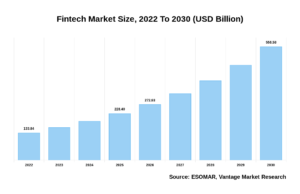
Today, we embark on a thrilling journey to explore 20 next-gen FinTech startup ideas that could redefine the way we manage our finances in 2024 and beyond.
20 Fintech Startup Ideas for Profitable Disruption
Looking to jumpstart your entrepreneurial journey in the vibrant world of FinTech? Buckle up, because we’re about to explore 20 groundbreaking fintech startup ideas poised to disrupt the financial landscape and turn your vision into profit in 2024:
1. Personal Finance Manager:
This comprehensive financial companion is designed to empower users in every aspect of their financial journey. By incorporating robust budgeting tools, sophisticated expense categorization features, and intuitive goal-tracking mechanisms, the app goes beyond mere transaction tracking. It becomes a personalized financial advisor, providing insightful analyses of spending patterns, offering budget optimization suggestions, and guiding users towards achieving their short-term and long-term financial goals. Through its user-friendly interface and data-driven insights, the Personal Finance Manager aims to cultivate informed financial decision-making and foster financial well-being.
2. Blockchain-based Payment System:
Positioned as a pioneer in the payments industry, this app leverages the transformative capabilities of blockchain technology. Ensuring not only the security and transparency inherent in blockchain but also emphasizing swift and secure transactions, it minimizes the risks associated with traditional payment systems. By reducing the potential for fraud and enhancing overall transaction trust, this app sets out to redefine the user experience in financial transactions. Users can expect a seamless and trustworthy payment environment, where the decentralized nature of blockchain ensures a reliable and efficient payment ecosystem.
3. Automated Investment Platform:
Tailored for both novice investors and seasoned professionals, the Automated Investment Platform is a revolutionary solution that embraces the power of robo-advisors and algorithms. By intelligently assessing users’ risk tolerance, financial goals, and real-time market conditions, the app crafts personalized investment portfolios. This not only democratizes wealth management but also makes it more accessible and efficient. Investors can entrust their financial future to a system that constantly adapts to market dynamics, optimizing returns and minimizing risks. The Automated Investment Platform embodies a new era in democratized, data-driven wealth management.
4. Peer-to-Peer Lending Platform:
Transforming the lending landscape, this platform directly connects borrowers with individual lenders, eliminating the need for traditional intermediaries. By fostering transparent and direct lending relationships, borrowers benefit from potentially lower interest rates, while lenders find a new avenue for impactful and rewarding investments. The platform prioritizes user-friendly interfaces and clear terms, ensuring a seamless lending experience. This disruptive approach to lending empowers users on both sides, reshaping the lending industry with a focus on transparency, efficiency, and fair terms.
5. InsurTech Comparison App:
The InsurTech Comparison App redefines the insurance marketplace by offering users a comprehensive platform to compare policies from various providers. Using advanced algorithms, the app analyzes user data to provide personalized insurance recommendations. This ensures that users not only find coverage tailored to their specific needs but also receive insights into optimizing their insurance portfolios. With a commitment to transparency, user education, and customization, the app simplifies the often complex process of choosing insurance, providing users with confidence in their coverage choices.
6. Cryptocurrency Exchange with Education:
Going beyond the traditional cryptocurrency exchange, this user-friendly platform emphasizes education and empowerment. It not only facilitates digital asset trading but also serves as an educational hub for users new to the world of cryptocurrencies. The platform offers valuable insights, market trends, and step-by-step guides to assist users in navigating the complexities of buying, selling, and managing digital assets. By combining a seamless trading experience with comprehensive educational resources, the Cryptocurrency Exchange with Education aims to bridge the gap between cryptocurrency enthusiasts and those entering the market for the first time.
7. Social Investment Network:
This innovative platform seamlessly merges social networking with finance, creating a vibrant community for users to connect, share investment strategies, and collaborate on investment opportunities. By fostering a community where financial knowledge is shared openly, the Social Investment Network goes beyond traditional investment platforms. It encourages users to make informed decisions based on collective insights, creating a collaborative and engaging environment that empowers users to navigate the complexities of the financial markets.
8. Smart Savings App:
The Smart Savings App introduces a paradigm shift in the way users approach savings. Harnessing the capabilities of artificial intelligence, the app analyzes individual spending habits and intelligently allocates spare change to savings. Offering personalized insights and recommendations, the app not only automates the savings process but also provides users with a deeper understanding of their financial behaviors. By seamlessly integrating into users’ lifestyles, the Smart Savings App transforms the concept of saving from a conscious effort to an automatic and effortless financial habit.
9. Digital Mortgage Platform:
Revolutionizing the homebuying experience, the Digital Mortgage Platform is designed to streamline and digitize the often cumbersome mortgage process. Through real-time document processing, instant approvals, and transparent mortgage options, the platform simplifies the path to homeownership. By leveraging technology, the app ensures efficiency and user-friendly interactions, making the traditionally complex process of securing a mortgage more accessible, transparent, and straightforward.
10. Expense Sharing App:
The Expense Sharing App is a solution for simplified group expense management. Perfect for friends, roommates, or colleagues, the app facilitates easy bill splitting and shared expense tracking. By eliminating the hassle of manual calculations and providing a seamless way to manage shared financial responsibilities, the app enhances collaboration and transparency in group finances.
11. Financial Wellness Platform:
Going beyond conventional financial tools, the Financial Wellness Platform addresses the holistic well-being of users. Combining financial education, mental health support, and personalized financial planning, the platform aims to enhance overall well-being. By acknowledging the interconnectedness of financial and mental health, the app empowers users to not only make sound financial decisions but also foster a positive and sustainable relationship with money.
12. Real Estate Crowdfunding:
The Real Estate Crowdfunding platform opens up new possibilities in real estate investment. By allowing individuals to invest in real estate projects, the platform democratizes access to property development opportunities. Investors can diversify their portfolios by participating in real estate ventures, while property developers gain access to a broader pool of potential investors, streamlining the fundraising process for real estate projects.
13. Digital Identity Verification:
Ensuring secure financial transactions, the Digital Identity Verification app provides a robust system for authenticating users digitally. By minimizing the risk of fraud and enhancing overall security, the app safeguards financial interactions. It introduces a seamless and secure method of identity verification, reducing the vulnerabilities associated with traditional authentication methods.
14. Fintech for Gig Workers:
Tailored for the dynamic gig economy, this app offers a suite of tools specifically designed to meet the unique financial needs of gig workers. From budgeting and tax management to access to financial products catering to irregular income streams, the app aims to provide a comprehensive solution for gig workers navigating the challenges of financial stability in the gig economy.
15. Elderly Financial Care:
Addressing the financial challenges faced by the elderly, the Elderly Financial Care app provides a suite of services including simplified banking, bill payment assistance, and fraud protection. By prioritizing user-friendly interfaces and accessibility, the app ensures that seniors can confidently manage their finances, promoting financial well-being in their later years.
16. Automated Tax Preparation:
The Automated Tax Preparation app streamlines the often complex and time-consuming process of filing taxes. By leveraging artificial intelligence to gather relevant financial data, the app generates accurate tax returns. This not only simplifies tax preparation for users but also ensures compliance with tax regulations, reducing the stress and complexity associated with tax season.
17. Micro-Investment App:
Breaking down barriers to entry, the Micro-Investment App opens up investment opportunities for individuals with small amounts to invest. Users can invest in diversified portfolios with minimal funds, making investment accessible to a broader audience. The app introduces a user-friendly interface, automated investment features, and educational resources, encouraging financial inclusion and empowering users to grow their wealth gradually over time. By removing traditional barriers to investing, the Micro-Investment App promotes financial literacy and encourages individuals to start their investment journey, no matter the size of their initial capital.
18. Green Finance App:
In response to the growing importance of sustainable finance, the Green Finance App is dedicated to promoting environmentally conscious financial decisions. The app offers a range of sustainable investment options, aligning with users’ environmental values. Additionally, it provides features such as carbon footprint tracking, empowering users to make informed decisions that contribute to a more sustainable and eco-friendly future. By integrating finance with environmental responsibility, the app aims to drive positive change and promote sustainable practices within the financial industry.
19. Cryptocurrency Savings Account:
Bridging the gap between traditional savings and the world of digital assets, the Cryptocurrency Savings Account app offers users the opportunity to earn interest on their cryptocurrencies. Through a secure platform, users can grow their digital wealth while benefiting from the potential appreciation of cryptocurrencies. The app provides a user-friendly interface, transparent interest rates, and secure storage solutions, catering to individuals seeking to diversify their savings across both traditional and digital financial instruments.
20. RegTech Compliance Solutions:
Addressing the evolving landscape of regulatory challenges, the RegTech Compliance Solutions app offers innovative regulatory technology to financial institutions. By automating monitoring and reporting processes, the app assists institutions in ensuring compliance with changing regulations. The app not only reduces the risk of regulatory violations but also enhances operational efficiency and transparency. In an era where regulatory requirements are dynamic and complex, the RegTech Compliance Solutions app provides financial institutions with the tools needed to navigate regulatory landscapes effectively and maintain the highest standards of compliance.
Also Read: Free Intermittent Fasting Apps
Also Read: AI App Ideas
7 Reasons to Invest in a Fintech Startup Ideas
Investing in a fintech startup can be a strategic decision with the potential for significant returns. Here are seven compelling reasons to consider investing in a fintech startup:
1. Innovation and Disruption:
Fintech startups are often at the forefront of technological innovation, bringing disruptive solutions to traditional financial services. Investing in such startups provides the opportunity to be part of groundbreaking advancements that can reshape and redefine the financial industry. Innovations like blockchain, robo-advisors, and mobile payment solutions have already demonstrated the transformative power of fintech.
2. Massive Market Potential:
The financial services industry represents one of the largest markets globally. Fintech startups have the potential to tap into this vast market by addressing underserved or unbanked populations, offering solutions that are more efficient, accessible, and inclusive. With the right strategy, a fintech startup can capture a significant market share and scale rapidly.
3. Adaptation to Changing Consumer Behavior:
Fintech startups are agile and responsive to changing consumer preferences and behaviors. With an increasing shift towards digital transactions, online banking, and mobile finance, investing in a fintech startup allows you to capitalize on the trend of consumers seeking more convenient, user-friendly, and tech-driven financial solutions.
4. Cost Efficiency and Scalability:
Fintech startups often operate with lean structures, utilizing technology to automate processes and reduce operational costs. This cost efficiency can lead to higher profit margins as the startup scales. Additionally, the scalability of fintech solutions enables startups to reach a wide audience without the need for extensive physical infrastructure.
5. Data Analytics and Personalization:
Fintech startups leverage advanced data analytics and artificial intelligence to analyze user behavior, preferences, and financial patterns. This allows for the creation of personalized financial services and recommendations. Investors benefit from the potential of fintech startups to offer tailored solutions that enhance customer engagement and loyalty.
6. Regulatory Support and Collaboration:
Many regulatory bodies recognize the importance of fostering innovation in the financial sector. As a result, there is increasing support for fintech startups through regulatory sandboxes and initiatives aimed at encouraging collaboration between traditional financial institutions and startups. Investing in a fintech startup positioned for regulatory compliance can be advantageous in navigating the complex regulatory landscape.
7. Global Reach & Cross-Border Opportunities:
Fintech startups, especially those focusing on digital payments, blockchain, and cross-border transactions, have the potential to operate on a global scale. Investing in a fintech startup with international ambitions provides exposure to diverse markets, creating opportunities for growth and revenue streams beyond regional boundaries.
How to Turn Fintech Startup Ideas into Successful Businesses?
Turning fintech startup ideas into successful businesses requires a strategic approach that involves careful planning, execution, and adaptation. Here is a step-by-step guide to help you transform your fintech app ideas into a thriving and successful venture:
1. Validate your idea:
Undertake comprehensive market research to determine the genuine need for your app. Identify competitors and establish what makes your solution unique. Conduct prototype testing, gathering feedback from potential users to refine your concept and ensure a user-friendly experience.
2. Build a winning team:
Assemble a team of experts in FinTech, software development, user experience, and marketing. Consider bringing on advisors with industry experience to enrich your team’s insights and capabilities.
3. Secure funding:
Choose a funding strategy that aligns with your needs and stage. Whether bootstrapping, seeking angel investors, or pitching to venture capitalists, focus on creating a compelling pitch deck and providing solid financial projections.
4. Develop your app:
Prioritize security, scalability, and compliance with financial regulations during the development phase. Utilize robust technology and reliable development practices to ensure the longevity and success of your app.
5. Launch & grow your user base:
Implement effective marketing strategies, utilizing channels such as social media, content marketing, and partnerships to reach your target audience. Consider offering incentives and referral programs to attract early adopters and foster user growth.
6. Continuously refine and iterate:
Gather user feedback and analyze data to understand user needs and market trends. Be ready to adapt your app accordingly, ensuring it stays relevant and competitive. Stay updated on evolving regulations and technological advancements in the FinTech industry.
7. Monetize your success:
Explore various revenue models, such as subscription fees, transaction fees, in-app purchases, or partnerships with financial institutions. Consider a monetization strategy that aligns with your app’s value proposition and user base.
How WDP Help TO transform Fintech Startup Ideas into Reality
WDP Technologies stands out as an adept application development company with a wealth of experience in crafting finance apps. Instead of taking our word for it, we invite you to explore our portfolio showcasing some of our previous finance-related app projects. Carefully peruse the portfolio to witness the quality of our work. If you are looking to ensure the optimal realization of your finance app idea, feel free to get in touch with us.
Conclusion
These fintech startup ideas span various aspects of the financial industry, catering to different needs and preferences. When considering a Fintech startup, it’s crucial to conduct thorough market research, understand regulatory requirements, and focus on providing a seamless user experience.

